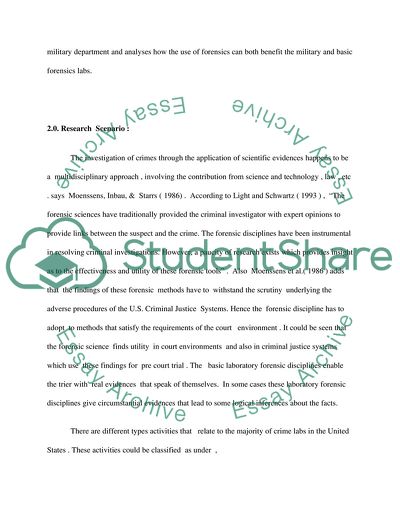Cite this document
(Plan for the Utility of the Forensic Sciences Research Proposal, n.d.)
Plan for the Utility of the Forensic Sciences Research Proposal. Retrieved from https://studentshare.org/professional/1725786-proposed-research-plan
Plan for the Utility of the Forensic Sciences Research Proposal. Retrieved from https://studentshare.org/professional/1725786-proposed-research-plan
(Plan for the Utility of the Forensic Sciences Research Proposal)
Plan for the Utility of the Forensic Sciences Research Proposal. https://studentshare.org/professional/1725786-proposed-research-plan.
Plan for the Utility of the Forensic Sciences Research Proposal. https://studentshare.org/professional/1725786-proposed-research-plan.
“Plan for the Utility of the Forensic Sciences Research Proposal”, n.d. https://studentshare.org/professional/1725786-proposed-research-plan.


